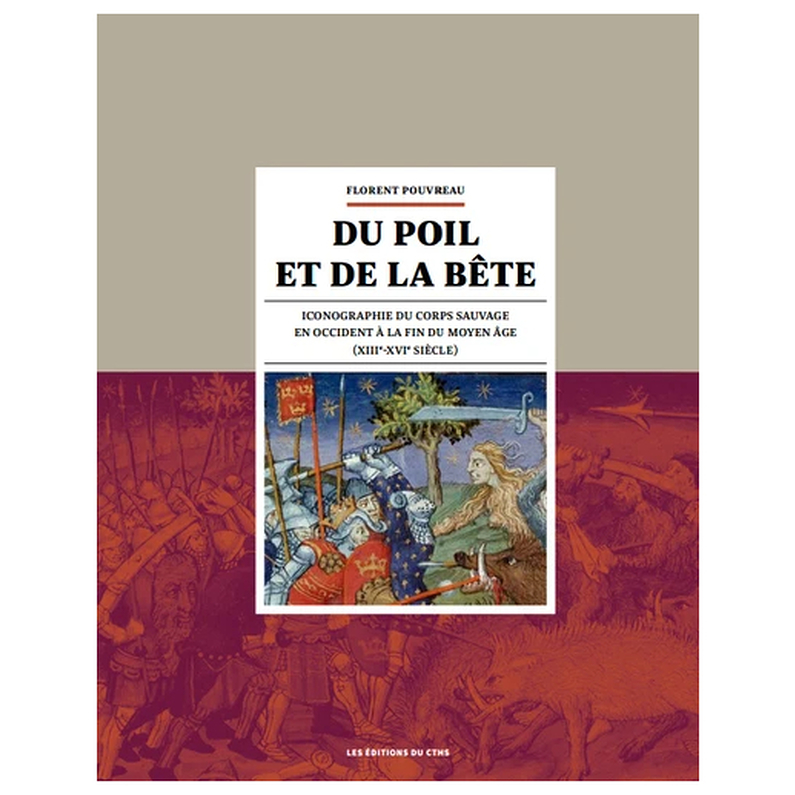Du poil et de la bête - Iconographie du corps sauvage en Occident à la fin du Moyen Age (XIIIe-XVIe siècle)

Characteristics
Language : French
Author : Florent Pouvreau
Publisher: CTHS
Weight: 0.952 Kg
- Categories
- Exhibition, Exhibition - Of hair and fur
Description
The end of the Middle Ages saw the appearance and development of a very singular set of images, those of men and women whose bodies are completely covered with hair. But, for all that, this book is not a simple history of hair! In Romanesque art, the devil and demons were perceived as hairy and grimacing beings and a link was established between excess hair and sin. The author shows how these representations evolved from the 14th century onwards, leading to the humanization of the wild man.
The latter is certainly still presented as a frustrated, shaggy and violent character, but his meaning changes when he enters the courtly culture: the wild man becomes a submissive and domesticated character who serves as a stooge for the knight, as if to oppose the brutal and immediate pleasure to the true desire for love. The author goes so far as to show us that, by a spectacular reversal brought to its height around 1500, hairiness and sanctity are associated: the presence of a coat of hair on the bodies of the saints becomes a means of distinguishing them from ordinary mortals.
